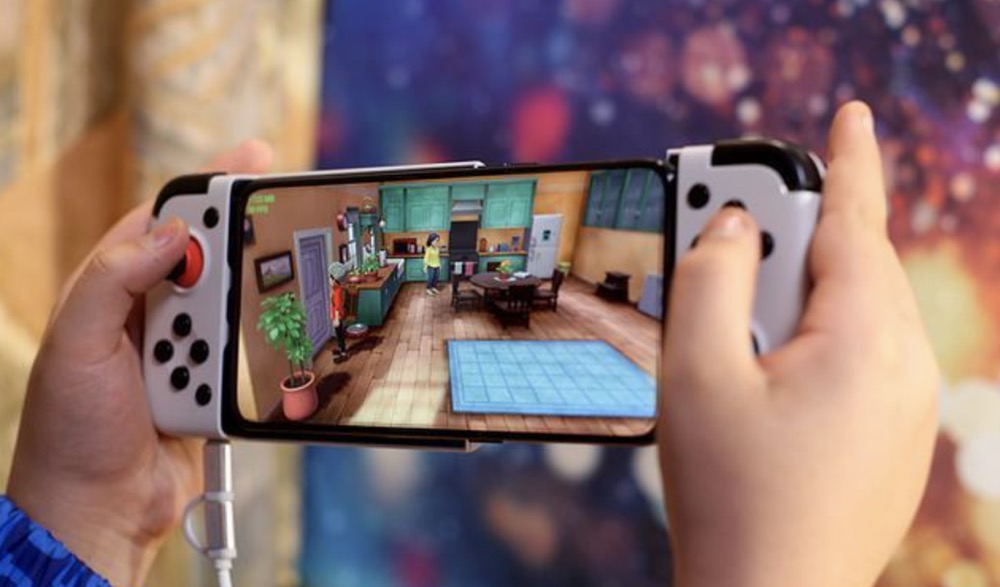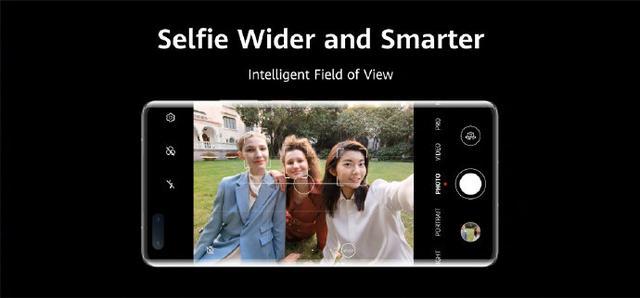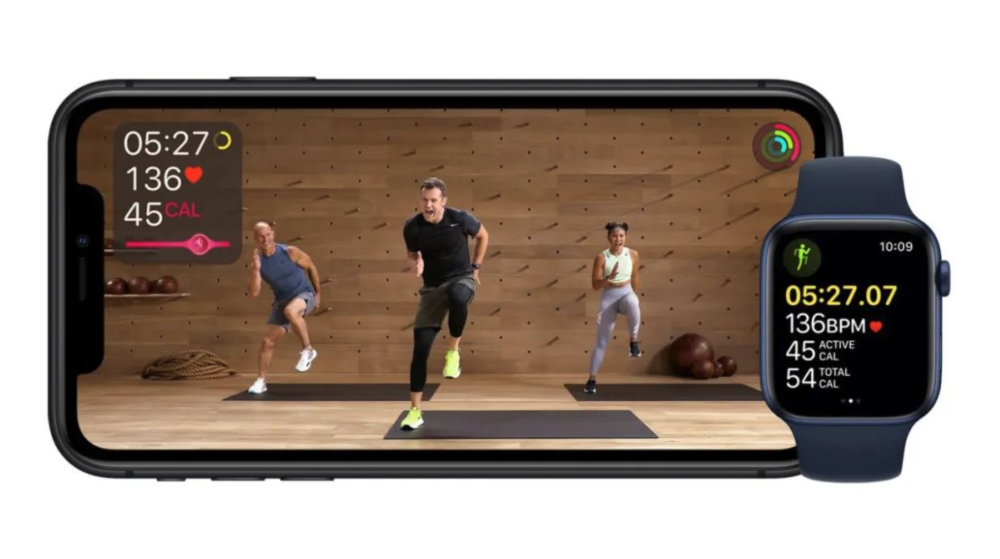Advertisement
According to the study conducted by RISE LTD from the University of Kent (Research Centre for Interactive Media, Intelligent Systems and Emerging Technologies) and the University of Cyprus, Virtual Reality (VR) technology can be significantly effective in remote psychotherapy for eating disorders through a form of therapy called the Virtual Reality Exposure Therapy (VRET).

The study demonstrates the potential value of the Multi-User Virtual Reality (MUVR) remote psychotherapy for those with cognitive problems with their body shape and weight.
In the study, published in the Journal of “Human-Computer Interaction”, the participant and the therapist wore VR head-mounted displays and introduced themselves to each other in a VR system. The participant was asked to customize a virtual image based on his/her physical appearance in reality (including their body shape, clothing size, skin tone, hair colour and hairstyle). Then the participant and the therapist were "transported" to two virtual environments where several discussions were held to prepare the mirror exposure session.
Advertisement
The mirror exposure session involves facing one's body shape in the mirror. In the MUVR, the participant was facing with the virtual image customized by himself/herself according to his/her own body in reality. In this session, the participant could use the virtual slider to customize the virtual body again, to change clothes, skin tone, hairstyle and hair color. Then, the clothes were gradually reduced until the participants’ virtual characters wore virtual underwear.
The participant was then asked to examine every part of the virtual body and make adjustments, at the same time to describe their feelings, thoughts and concerns to the therapist, so that enables the patient to participate in virtual exposure therapy for cognitive problems with body shape and size by customizing his/her virtual image.
The study found that different types of virtual images of a therapist had a significant effect on the participants. Cartoonish images were more conducive to participants’ openness, while anthropomorphic images of a therapist were more representative of negative criticism. In the interview after the therapy, the participants indicated that they would focus more on the therapy without worrying about being judged.
Dr. Jim Ang, Senior Lecturer and Research Director of Multimedia/Digital Systems, said: "In terms of solving health problems with patients, the potential of VR to be used remotely and to avoid potential criticality has given VR the potential to be used across the health sector. People are worried about being criticized even before seeking medical advice. VR can eliminate this worry and give people confidence to participate and accept medical advice. In terms of technical capabilities, the potential for VR to help patients and doctors conduct remote, non-contact medical treatments is enormous and deserves special attention during a pandemic.”
Dr Maria Matsangidou, research assistant at RISE Ltd and experimental researcher for the study, said: "Multi-User Virtual Reality is an innovative way of psychological intervention that allows the therapist and patient to physically separate, thus providing a more 'comfortable' openness to the patient. In the exposure therapy, Patients' concerns about body shape and size may lead to anxious responses, but the remote exposure therapy can inspire new learning feelings and help shape new experiences.”





